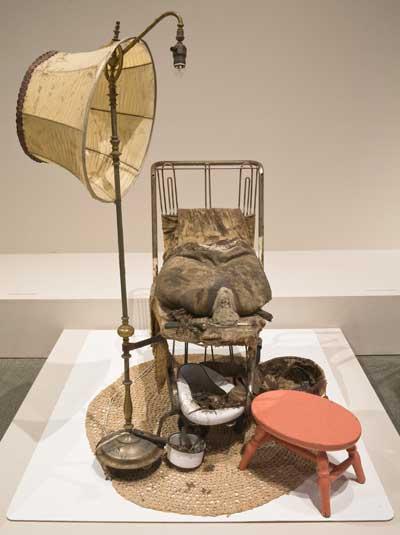It's the last day of 2008, so we at Unframed thought we'd look back on some of the stories of the last year that stuck with us.
Acquisition Story
I really didn't want to choose a story about LACMA, being the LACMA PR Director and all. Seemed kind of like a cheap move. But months later, I still think of this article by L.A. Times writer Suzanne Muchnic. It's about the museum's acquisition of Ed Kienholz's The Illegal Operation and about so much more as well. My, how times have changed, and for the better...
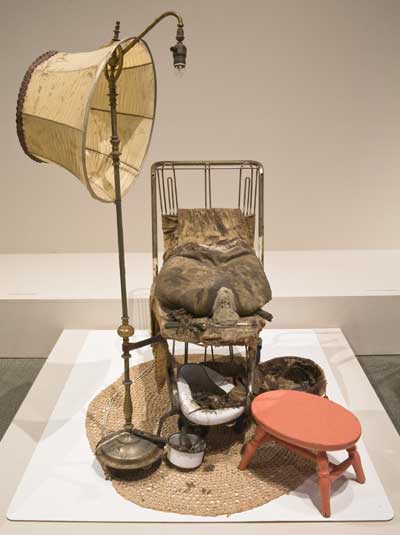
Edward Kienholz, The Illegal Operation, 1962
•
Spectator Architecture
Like millions of other people around the world, I tuned in for two weeks in August to the Summer Olympics in Beijing. What gave me the greatest pleasure was not Michael Phelps's eight gold medals or watching professional ping pong in prime time; it was the architecture. For fourteen days and nights, television cameras panned across Herzog & de Meuron's Bird's Nest and PTW Architects' luminous Water Cube. Even Rem Koolhaas's still-in-progress CCTV Headquarters got its share of blimp-camera coverage, despite having nothing to do with the games. How could we not take the time to marvel at three of the most compelling works of architecture of the year? They were easily as impressive as Michael Phelps. More so, if you ask me.
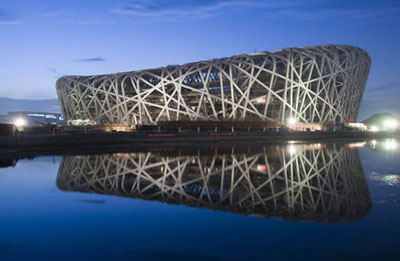
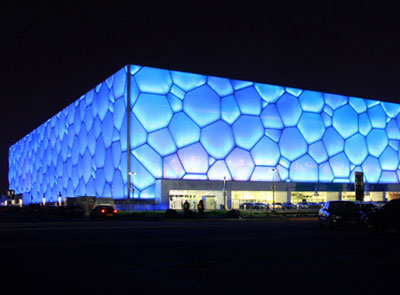
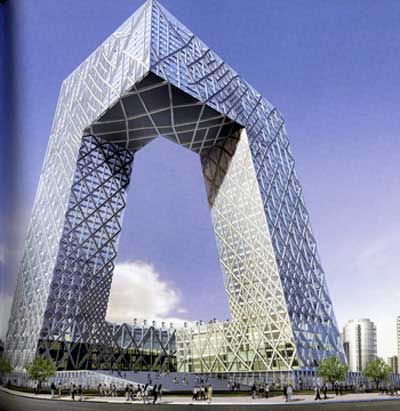
•
Wake Up Call
The "if you build it they will come" mentality that led to financial collapse of MOCA is, to our mind, the most critical arts story of 2008. Though MOCA fortunately did not raid its collection to pay bills as has the National Academy of Design, the meltdown of such core practices and principles at public art museums raises troubling questions about stewardship and philanthropy that are a warning and a wake up call for everyone concerned.
Austen Bailly and Devi Noor
•
Robert Rauschenberg
We should not let 2008 go by without noting the departure of Robert Rauschenberg, who died in May, at age 82, at his home on Captiva Island, Florida. There are some artists whose existence in the world—just the possibility that they're out there, working, seeing things—is a comfort, something cool held in reserve, and Rauschenberg was one of them. I remember seeing his Combines show at MOCA in 2006 and reading the wall labels listing the things he made art from (the following are from one work—Untitled, ca. 1954—"oil, pencil, crayon, paper, canvas, fabric, newspaper, photographs, wood, glass, mirror, tin, cork and found painting with pair of painted leather shoes, dried grass, and Dominique hen mounted on wood structure on five casters"). There is a sense of humor and freedom here that will be much missed. Before I go home tonight I'm going to take the escalator up to the Rauschenberg gallery in BCAM for one more look.
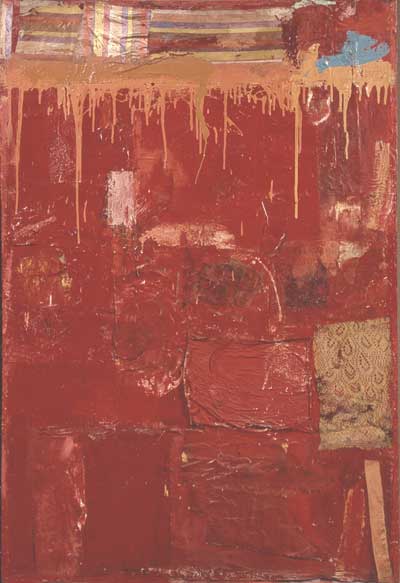
Robert Rauschenberg, Untitled (Red Painting), 1954, The Eli and Edythe L. Broad Collection, Los Angeles



